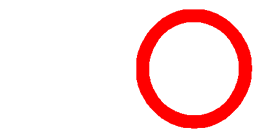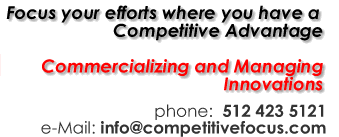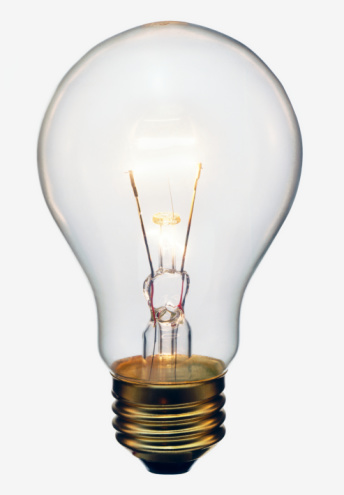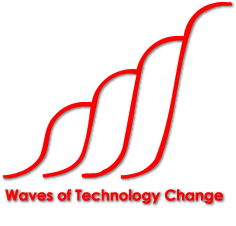

 |
Innovation Phases | |||
Innovations go through predictable phases. Knowing where their products are on the innovation S-Curve helps innovation managers to make better decisions. First Phase: Inventions and Toys The first phase includes new technologies that are not well understood. Think of the early days of personal computers, when people purchased computers through mail order catalogs by buying a kit, often a Heathkit, and building the computer themselves. Innovations at this phase are thought of as toys. They are not considered useful in the broader marketplace. People tend to think that they cannot solve any real business problems. Parts from one company will not work with parts from another company, and there is no clear direction. All innovations go through this phase. |
|
|||
Gutenberg’s financial backers considered his movable type inadequate for serious use, because you could only print in one color. Samuel Morse’s telegraph system was dismissed by the US Congress. 3M managers were skeptical about an adhesive that only made intermittent contact, which later became Post-it® Notes. IBM’s management did not take early personal computers seriously, and continued building “big iron.” This phase is characterized by experimentation and little interest from either firms or consumers. Those involved in this phase need lots of perseverance and flexibility to consider alternative uses for their inventions. Second Phase: Chaos and Commercialization In the second phase, entrepreneurs begin to see the commercial value of the innovation and begin efforts to build a business around the innovation. This phase is characterized by hype, disappointment, fear, suspicion, many entrants, incompatible systems and no standards. All innovations go through this phase. Many entrepreneurs saw telegraph systems as potential big business. In order to avoid patent infringements, they each developed unique systems, incompatible with each other. And they began a huge infrastructure investment, stringing lines haphazardly across the United States.
|
 |
"The Innovation Framework: Customized for your Organization," a two-day workshop for management teams, appropriate for an offsite event, provided by Leslie Martinich. request schedule "Instilling an Innovative Mindset," a full-day workshop for individual contibutors. You will learn
For more information, request schedule "Leading Innovation," a two-day workshop for engineering managers, delivered by Leslie Martinich. Participants will learn practices listed above as well as
For more information, request schedule "Managing Innovation," a one-hour presentation for engineering organizations, Speaker: Leslie Martinich. request schedule |
||
Entrepreneurs saw the commercial value of PCs, and we had KayPros, Commodores, the Apple IIE, the Apple Lisa, the DEC Rainbow and the Victor 9000. None was compatible with the others. Software written for one did not work on any other. Third Phase: Standards The standards phase is characterized by the emergency of a dominant design, rapid growth and industry consolidation. All firms aligned with the standard benefit. During this phase incremental innovations become important. Fourth Phase: Maturity When products meet or exceed customer needs for functionality, or when the technology has reached its natural (physical) limits, competition shifts to customer service and to production and distribution efficiencies. Process innovation become more important at this phase. |
 |
"Managing innovations, standards and organizational capabilities," L. Martinich, Proceedings of the 2002 IEEE International Engineering Management Conference. Abstract Winning through Innovation: A Practical Guide to Leading Organizational Change and Renewal Charles A. O'Reilly III, Michael L. Tushman, Harvard Business School Press, 2002 The Innovator's Dilemma, Clayton Christensen, Collins Business, 2003 Innovation: The Attacker's Advantage, R. N. Foster, New York: Summit Books, 1986 |
||
